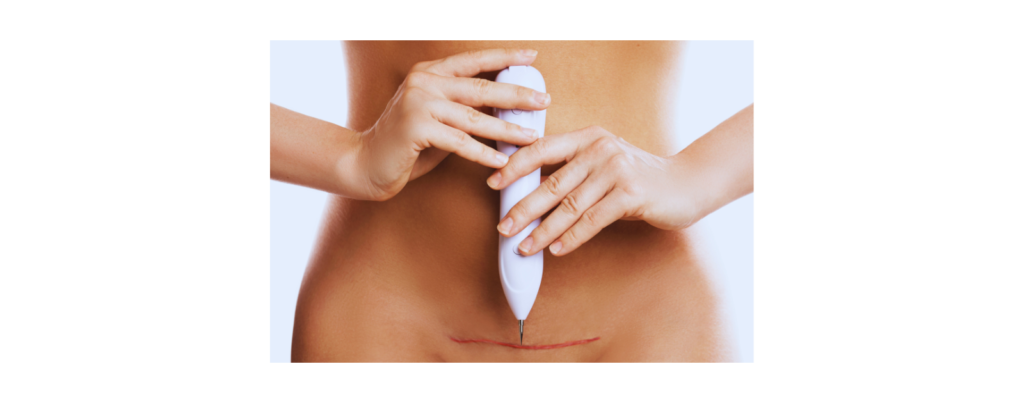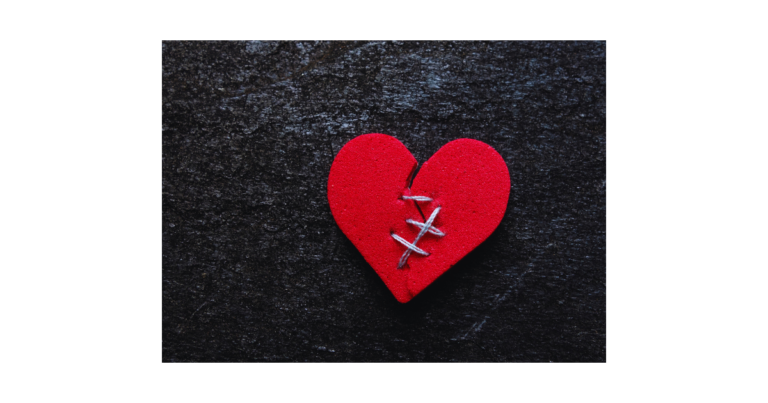Childbirth is an incredible journey, but recovery after a C-section can feel overwhelming. Whether you’re preparing for your cesarean delivery or recovering from one, understanding the process is key to a smoother experience. Let’s dive into everything you need to know about C-section recovery, from managing pain to tips for a faster healing process.
What Is a C-Section?
A cesarean section (C-section), also known as C-section surgery, is a surgical procedure used to deliver a baby through an incision in the mother’s abdomen and uterus. While some women plan for a C-section, others may need one due to medical complications during labor.
Recovery Time for a C-Section
Full recovery after a C-section can take six to eight weeks, though some women may feel better sooner. For the first few weeks, rest is crucial. Your body has undergone major abdominal surgery, and healing takes time. Given the frequency of C-sections in the U.S., understanding the typical recovery timeframe and the importance of self-care is crucial.
Pain Management and Medications
Pain relief is a vital part of recovery. After the anesthesia wears off, your healthcare provider will recommend pain medications, such as:
- Spinal blocks or epidurals for immediate post-surgery relief.
- Over-the-counter pain relievers like ibuprofen.
- Prescription medications if needed for severe discomfort.
To address gas pains, which are common after surgery, anti-gas medications can help.
Caring for Your Incision Site
Your C-section incision, typically located along the bikini line, requires special attention. Keep it clean and dry to avoid infections. Watch for these signs of infection:
- Redness or swelling
- Increased pain
- Pus or unusual discharge
- Fever
If you notice any of these symptoms, contact your healthcare provider immediately.
Vaginal Bleeding and Discharge
Vaginal bleeding, or lochia, is normal after a C-section. It’s your body’s way of shedding the uterine lining. Expect bleeding to last up to six weeks, gradually transitioning from bright red to lighter colors. If you experience heavy bleeding or large blood clots, consult your doctor.
Preventing Blood Clots
To prevent a blood clot, it’s essential to move around gently as soon as you’re able. Simple activities like walking around the house or stretching your calf muscles can improve circulation. Wearing a seat belt properly and avoiding prolonged sitting can also help.
Managing Abdominal Pain and Gas
Abdominal pain is expected, but it should gradually improve over time. To ease gas pains, consider:
- Walking
- Using a heating pad
- Taking stool softeners
- Avoiding carbonated drinks
Immediate Post-Delivery Care
After a cesarean section (C-section), it’s essential to receive proper care to ensure a smooth and safe recovery. Here’s what you can expect during the immediate post-delivery period:
- Monitoring and Observation: Once your C-section procedure is complete, you’ll be moved to a post-operative area where your vital signs, bleeding, and overall condition will be closely monitored. This critical period ensures that any potential complications are promptly addressed.
- Pain Management: Managing pain is a top priority. You’ll receive pain medication to help alleviate discomfort. This may include oral pain medication or patient-controlled analgesia (PCA), allowing you to manage your pain levels effectively.
- Catheter and IV: A catheter may be inserted to assist with urination, and an IV will deliver necessary fluids and medications. These are temporary measures and will be removed once you can urinate independently and your pain is under control.
- Breathing and Oxygenation: Your healthcare team will keep a close eye on your breathing and oxygen levels. If needed, you may receive supplemental oxygen through a mask or nasal tube to ensure you’re getting enough oxygen.
- Wound Care: Your C-section incision will be closed with sutures or staples. It’s crucial to follow your healthcare team’s instructions on caring for the incision site to prevent infection and promote healing.
- Vital Sign Checks: Regular checks of your temperature, blood pressure, and heart rate will be conducted to ensure you’re recovering well. These checks help detect any early signs of complications.
- Emotional Support: Undergoing a C-section can be an emotional experience. Your healthcare team is there to provide reassurance, answer any questions, and offer the support you need during this time.
Remember, every recovery journey is unique. Your healthcare team will tailor your care to meet your individual needs. Don’t hesitate to ask questions or express any concerns you may have.
Tips for Optimizing Postpartum Care
To enhance your recovery process, follow these tips:
- Limit visitors during the first few weeks to rest and bond with your baby.
- Avoid strenuous activities and lifting heavy objects. Light physical activity after a C-section surgery, such as walking, helps prevent blood clots and promotes faster recovery.
- Use a stool softener to prevent constipation.
- Stay hydrated and eat nutrient-rich foods.
- Ask for help from family or hospital staff if needed.
Emotional Recovery and Mood Swings
Postpartum hormones can lead to mood swings or feelings of sadness. If you experience persistent low mood or anxiety, it could be a sign of postpartum depression. Reach out to your healthcare provider for support.
Long-Term Health Considerations
While most women recover well, some may have lingering effects like weakened abdominal muscles. Gentle exercises, approved by your doctor, can help restore strength. If you’re planning future pregnancies, discuss your C-section history with your doctor to plan the safest delivery method.
Frequently Asked Questions
1. How soon can I return to normal activities?
Most women can resume light activities after two weeks, but avoid heavy lifting or exercise until your doctor gives the go-ahead, usually around six weeks.
2. Can I drive after a C-section?
Avoid driving until you can comfortably wear a seat belt and make sudden movements without pain. This is typically around two weeks post-surgery.
3. When can I take a bath?
Stick to showers until your incision heals fully. Avoid hot tubs and swimming for about six weeks or until your doctor approves.
4. What if my incision feels numb?
It’s normal to feel numbness near the incision site due to nerve damage during surgery. Sensation often returns over time but may not fully recover in some cases.
5. How can I manage pain while breastfeeding?
Breastfeeding-friendly pain relievers like ibuprofen can be used. Position pillows to support your baby and reduce pressure on your abdomen.
6. What should I do if I feel sharp pain weeks later?
Mild pain is normal, but worsening pain could indicate complications like an infection or adhesions. Contact your healthcare provider if pain persists.
7. Are there risks for future pregnancies?
Most women can have healthy pregnancies after a C-section. Your doctor may recommend waiting 18-24 months before conceiving again to allow proper healing.
Final Thoughts
Recovering from a C-section is a journey that requires patience and care. Surround yourself with support, listen to your body, and don’t hesitate to reach out to your healthcare provider for guidance. By following these tips, you’ll be on the path to a smoother recovery and enjoying precious moments with your new baby.
Additional Resources
For more detailed information about c-section recovery, you can visit the following links:
- Mayo Clinic: C-section Recovery
- WebMD: Recovery After a C-section
- American Pregnancy Association: Cesarean Recovery





